Home>Storage & Organization>Kitchen Organizing Tools>Why Does My Cat Put Her Toys In The Litter Box
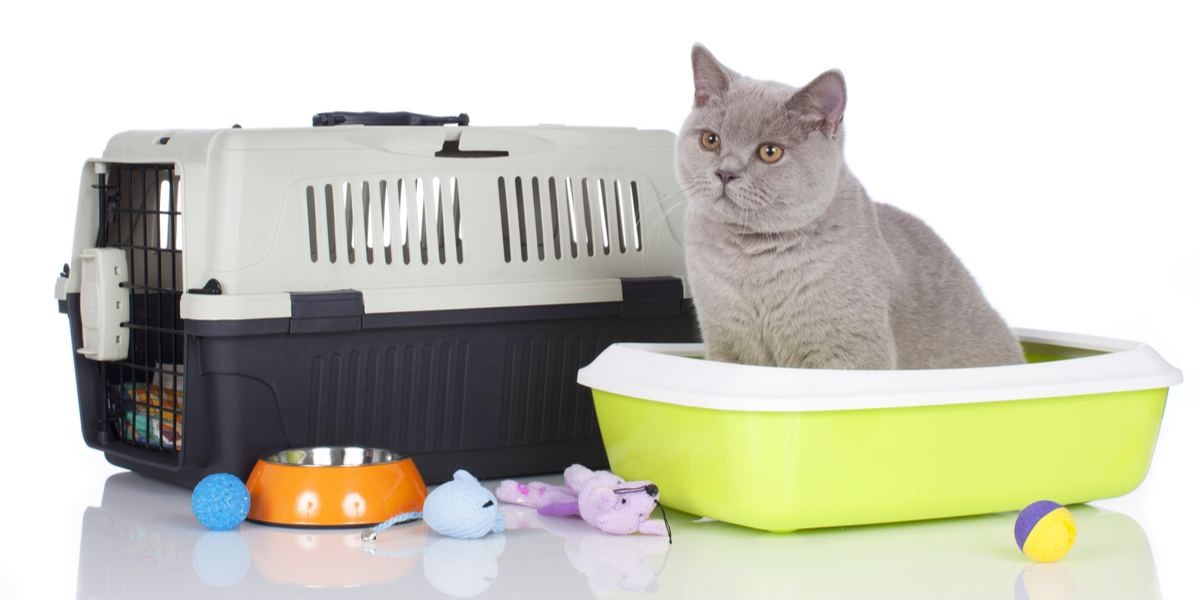

Kitchen Organizing Tools
Why Does My Cat Put Her Toys In The Litter Box
Modified: March 2, 2024
Discover the reasons why your cat puts her toys in the litter box and find the best kitchen organizing tools to keep your space tidy and efficient. Explore our top picks for kitchen organization!
(Many of the links in this article redirect to a specific reviewed product. Your purchase of these products through affiliate links helps to generate commission for Storables.com, at no extra cost. Learn more)
Introduction
Cats are fascinating creatures with a myriad of behaviors that often leave their human companions puzzled. One such behavior that frequently perplexes cat owners is the act of placing their toys in the litter box. This peculiar habit can be both confusing and concerning, prompting pet owners to seek a deeper understanding of their feline friends' motivations.
In this article, we will delve into the intriguing world of cat behavior to unravel the mystery behind why cats exhibit this curious tendency. By exploring the instinctual, territorial, and emotional aspects of feline behavior, we aim to shed light on the reasons behind this behavior and provide valuable insights for cat owners seeking to comprehend and address this behavior in their beloved pets. So, let's embark on this enlightening journey into the enigmatic world of feline behavior and discover the underlying reasons for this intriguing phenomenon.
Key Takeaways:
- Cats place toys in the litter box due to their natural instincts to hunt, groom, and mark territory. Understanding these behaviors helps cat owners create a supportive environment for their feline companions.
- Placing toys in the litter box can also be a sign of stress or anxiety in cats. Providing play, comfort, and addressing stressors can help alleviate this behavior and foster a harmonious bond with cats.
Understanding Cat Behavior
Understanding cat behavior is essential for fostering a harmonious relationship with our feline companions. Cats are complex creatures with a rich tapestry of instincts, emotions, and behaviors that shape their interactions with the world around them. By gaining insight into the intricacies of feline behavior, we can better comprehend the motivations behind their actions, including the perplexing behavior of placing toys in the litter box.
Cats are known for their independent and enigmatic nature, often exhibiting behaviors that may seem puzzling to their human counterparts. However, these behaviors are deeply rooted in their evolutionary history and serve various purposes in the feline world.
From instinctual drives to territorial instincts and emotional responses, cat behavior is a multifaceted realm that warrants exploration. By delving into the underlying factors that influence their actions, we can gain a deeper appreciation for the complexities of feline behavior.
In the following sections, we will unravel the intricate layers of cat behavior, shedding light on the instinctual, territorial, and emotional aspects that contribute to their unique behavioral patterns. Through this exploration, we aim to provide cat owners with valuable insights into the inner workings of their feline companions, ultimately fostering a deeper understanding and stronger bond between humans and cats.
Instinctual Behavior
Cats are inherently driven by a complex set of instincts that have been honed through centuries of evolution. These instinctual behaviors are deeply ingrained in their genetic makeup and play a pivotal role in shaping their actions and responses to the world around them.
One of the fundamental instinctual behaviors exhibited by cats is the innate drive to hunt and capture prey. This primal instinct stems from their ancestry as skilled hunters and solitary predators. Even in domestic settings, cats retain this instinct, often manifesting in behaviors such as pouncing, stalking, and engaging in playful hunting activities. When a cat places its toys in the litter box, it may be expressing this instinctual drive to "capture" and "conceal" its "prey," mimicking the natural behavior of hiding captured prey for later consumption.
Furthermore, cats are fastidious groomers, meticulously tending to their fur to maintain cleanliness and regulate body temperature. This grooming behavior is deeply rooted in their instinctual need for self-preservation and hygiene. When a cat places its toys in the litter box, it may be driven by an instinctual urge to associate the toys with their own scent, thereby marking them as familiar and safe objects within their territory.
Additionally, cats are territorial animals, instinctively seeking to establish and defend their own space. By placing their toys in the litter box, cats may be engaging in a form of territorial marking, subtly asserting ownership over their possessions and creating a sense of security within their environment.
Understanding these instinctual behaviors provides valuable insights into the motivations behind a cat's actions, including the seemingly perplexing act of placing toys in the litter box. By recognizing and appreciating the instinctual drives that underpin feline behavior, cat owners can gain a deeper understanding of their pets' actions and foster an environment that aligns with their natural inclinations.
In essence, instinctual behaviors form the bedrock of a cat's actions, shaping their interactions with their surroundings and influencing a myriad of behaviors, including the enigmatic habit of placing toys in the litter box. By acknowledging and respecting these instinctual drives, cat owners can cultivate a supportive and enriching environment that honors their feline companions' innate instincts and behaviors.
Territory Marking
Territory marking is a fundamental aspect of feline behavior, deeply rooted in a cat's innate drive to establish and maintain its own space within its environment. Cats are inherently territorial animals, and the act of marking territory serves as a means of communication and assertion of ownership within their surroundings.
One of the primary methods through which cats mark their territory is by depositing scent markings using glands located on various parts of their bodies, including the face, paws, and tail. When a cat rubs its face against objects or surfaces, it is depositing pheromones, effectively claiming those areas as part of its territory. This behavior, known as "head bunting," is a common form of territorial marking and serves to create a familiar and comforting environment for the cat.
In addition to scent marking, cats may also engage in urine marking as a way to delineate their territory. By urinating in specific areas, cats leave behind chemical signals that convey information about their identity, reproductive status, and territorial boundaries to other cats in the vicinity. While this behavior may seem perplexing to humans, it is a natural and instinctual means of communication and territorial assertion within the feline world.
The act of placing toys in the litter box can be viewed through the lens of territory marking, as cats may perceive their toys as cherished possessions that hold significance within their territorial domain. By depositing their toys in the litter box, cats may be subtly marking these items with their scent, effectively claiming them as part of their territory. This behavior aligns with their instinctual drive to establish a sense of ownership and security within their environment, contributing to their overall well-being and comfort.
Understanding the role of territory marking in feline behavior provides valuable insights into the motivations behind a cat's actions, including the seemingly puzzling behavior of placing toys in the litter box. By recognizing the significance of territorial assertion in a cat's life, pet owners can gain a deeper understanding of their feline companions and create an environment that respects and supports their natural instincts.
In essence, territory marking is a fundamental aspect of feline behavior, serving as a means of communication, assertion, and comfort within the intricate tapestry of a cat's world. By acknowledging and appreciating the role of territory marking, cat owners can cultivate a nurturing environment that honors their pets' innate instincts and behaviors.
To prevent this behavior, provide your cat with a separate area for playing and keep the litter box clean. Cats may be trying to “bury” their toys as a natural instinct, so providing a designated play area can help redirect this behavior.
Play Behavior
Play behavior is an integral aspect of a cat's daily routine, serving as a means of physical exercise, mental stimulation, and social interaction. Cats are natural hunters, and their play behavior often mirrors the actions involved in hunting and capturing prey. Through playful activities such as pouncing, stalking, and batting at objects, cats engage in simulated hunting behaviors that not only satisfy their innate predatory instincts but also provide essential physical and mental stimulation.
When it comes to the enigmatic behavior of placing toys in the litter box, play behavior offers valuable insights into the underlying motivations. Cats view their toys as objects of fascination and entertainment, often incorporating them into their playful routines. The act of placing toys in the litter box may stem from a cat's playful inclinations, as they explore and interact with their environment in unique and sometimes perplexing ways.
Furthermore, play behavior serves as a form of enrichment for cats, offering them opportunities to engage in stimulating and rewarding activities. By placing their toys in the litter box, cats may be expressing their playful tendencies and experimenting with novel ways to interact with their belongings. This behavior reflects their innate curiosity and desire for exploration, as they seek to imbue their playthings with new and intriguing significance.
In addition to the physical and mental benefits, play behavior also plays a crucial role in fostering social bonds between cats and their human companions. Interactive play sessions provide opportunities for cats to bond with their owners, engage in positive interactions, and build trust and rapport. The act of placing toys in the litter box may also be a manifestation of their desire to create a personalized space for play and relaxation, where they can retreat and engage in solitary or interactive play sessions at their leisure.
Understanding the multifaceted nature of play behavior offers valuable insights into the motivations behind a cat's actions, including the intriguing behavior of placing toys in the litter box. By recognizing the significance of play in a cat's life, pet owners can gain a deeper understanding of their feline companions and create an environment that supports their natural inclinations for play, exploration, and social interaction.
In essence, play behavior is a fundamental aspect of a cat's daily routine, encompassing a diverse range of activities that contribute to their physical, mental, and emotional well-being. By acknowledging and appreciating the role of play behavior, cat owners can cultivate a stimulating and enriching environment that honors their pets' playful instincts and fosters a strong and enduring bond between humans and cats.
Read more: Why Does My Cat Lay In Her Litter Box?
Stress and Anxiety
Stress and anxiety are significant factors that can profoundly influence a cat's behavior, often manifesting in a variety of puzzling and seemingly inexplicable actions. Cats, despite their independent and enigmatic demeanor, are susceptible to experiencing stress and anxiety in response to various environmental, social, or health-related triggers. These emotional states can significantly impact their behaviors, leading to actions that may appear perplexing or out of character.
When it comes to the behavior of placing toys in the litter box, stress and anxiety can offer valuable insights into the underlying motivations. Cats may exhibit this behavior as a coping mechanism in response to heightened stress or anxiety levels. The litter box, being a familiar and comforting space for cats, may serve as a refuge where they seek solace and security during periods of emotional distress. Placing toys in the litter box could be a manifestation of their attempt to create a sense of familiarity and comfort within their safe haven, thereby alleviating feelings of unease or apprehension.
Furthermore, changes in the household environment, such as the introduction of new pets, relocation, or alterations in daily routines, can trigger stress and anxiety in cats. In response to these disruptions, cats may engage in behaviors that reflect their attempts to establish a sense of control and security within their surroundings. Placing toys in the litter box may serve as a means of creating a personalized and secure space amidst the upheaval, providing them with a semblance of stability and reassurance during times of uncertainty.
Health-related issues can also contribute to stress and anxiety in cats, leading to behavioral changes that may include the placement of toys in the litter box. Physical discomfort or underlying medical conditions can evoke feelings of unease and vulnerability in cats, prompting them to seek out familiar and comforting spaces such as the litter box. By associating their toys with the litter box, cats may be expressing a subconscious need for reassurance and comfort during periods of physical or emotional distress.
Understanding the impact of stress and anxiety on a cat's behavior provides valuable insights into the motivations behind seemingly perplexing actions such as placing toys in the litter box. By recognizing the significance of emotional well-being in a cat's life, pet owners can gain a deeper understanding of their feline companions and create an environment that supports their emotional needs, ultimately fostering a sense of security, comfort, and well-being for their beloved pets.
Solutions and Recommendations
Understanding the underlying reasons behind a cat's behavior of placing toys in the litter box is crucial for addressing this perplexing habit and ensuring the well-being of our feline companions. By recognizing the instinctual, territorial, playful, and emotional factors that contribute to this behavior, cat owners can implement effective solutions and recommendations to support their cats and create a harmonious living environment.
-
Provide Adequate Play and Enrichment: Encouraging interactive play sessions and offering a variety of stimulating toys can help satisfy a cat's natural hunting and play instincts. By engaging in regular play activities with their cats, owners can redirect their pets' playful energies towards appropriate outlets, reducing the likelihood of unconventional toy placement.
-
Create a Safe and Comforting Environment: Ensuring that the home environment is conducive to a cat's well-being is essential. Providing cozy hiding spots, comfortable resting areas, and maintaining a consistent daily routine can help alleviate stress and anxiety, reducing the need for cats to seek out unconventional comfort zones such as the litter box.
-
Maintain Litter Box Hygiene: Keeping the litter box clean and odor-free is crucial for promoting a cat's litter box acceptance. Regular scooping and thorough cleaning of the litter box can help maintain its appeal as a designated elimination and relaxation area, discouraging cats from repurposing it for unconventional activities.
-
Address Underlying Stressors: Identifying and addressing potential stressors in the cat's environment, such as changes in routine, new additions to the household, or health-related concerns, is essential. By mitigating sources of stress and anxiety, cat owners can help their pets feel more secure and content, reducing the likelihood of displacement behaviors such as placing toys in the litter box.
-
Consult with a Veterinarian or Behavior Specialist: If the behavior persists despite implementing environmental enrichment and stress-reduction strategies, seeking professional guidance from a veterinarian or certified animal behaviorist is advisable. These experts can conduct a thorough assessment of the cat's behavior and provide tailored recommendations to address underlying issues contributing to the unusual toy placement behavior.
By implementing these solutions and recommendations, cat owners can proactively address the behavior of placing toys in the litter box, promoting a supportive and enriching environment that aligns with their feline companions' natural instincts and emotional well-being. Through patience, understanding, and proactive intervention, cat owners can cultivate a nurturing and harmonious living space that fosters a strong and enduring bond with their beloved cats.
Conclusion
In conclusion, the behavior of cats placing their toys in the litter box encompasses a complex interplay of instinctual, territorial, playful, and emotional factors. By delving into the intricate world of feline behavior, we have gained valuable insights into the motivations behind this enigmatic habit. Cats, with their rich tapestry of instincts and emotions, express their unique personalities through a myriad of behaviors, each rooted in their evolutionary history and individual experiences.
From the instinctual drive to hunt and capture prey to the innate need for territorial assertion and the playful inclinations that define their daily routines, cats navigate the world with a blend of curiosity, independence, and emotional depth. The act of placing toys in the litter box reflects their multifaceted nature, serving as a tangible expression of their instinctual drives and emotional responses within their environment.
Understanding the underlying reasons behind this behavior empowers cat owners to create a supportive and enriching environment that honors their pets' natural inclinations and emotional well-being. By providing adequate play and enrichment, creating a safe and comforting environment, maintaining litter box hygiene, addressing underlying stressors, and seeking professional guidance when needed, cat owners can proactively address this behavior and foster a harmonious living space for their beloved feline companions.
Ultimately, the behavior of placing toys in the litter box serves as a poignant reminder of the depth and complexity of the feline psyche. By embracing the nuances of their behavior and responding with empathy and understanding, cat owners can forge a profound and enduring bond with their cherished pets, enriching both their lives and the lives of their feline companions.
In the intricate dance of feline behavior, each action and response carries a wealth of meaning, inviting us to embark on a journey of discovery and connection with these captivating creatures. Through patience, compassion, and a deep appreciation for the intricacies of feline behavior, we can create a nurturing and fulfilling environment where cats can thrive, express their unique personalities, and find comfort and companionship in the company of their human counterparts.
Frequently Asked Questions about Why Does My Cat Put Her Toys In The Litter Box
Was this page helpful?
At Storables.com, we guarantee accurate and reliable information. Our content, validated by Expert Board Contributors, is crafted following stringent Editorial Policies. We're committed to providing you with well-researched, expert-backed insights for all your informational needs.
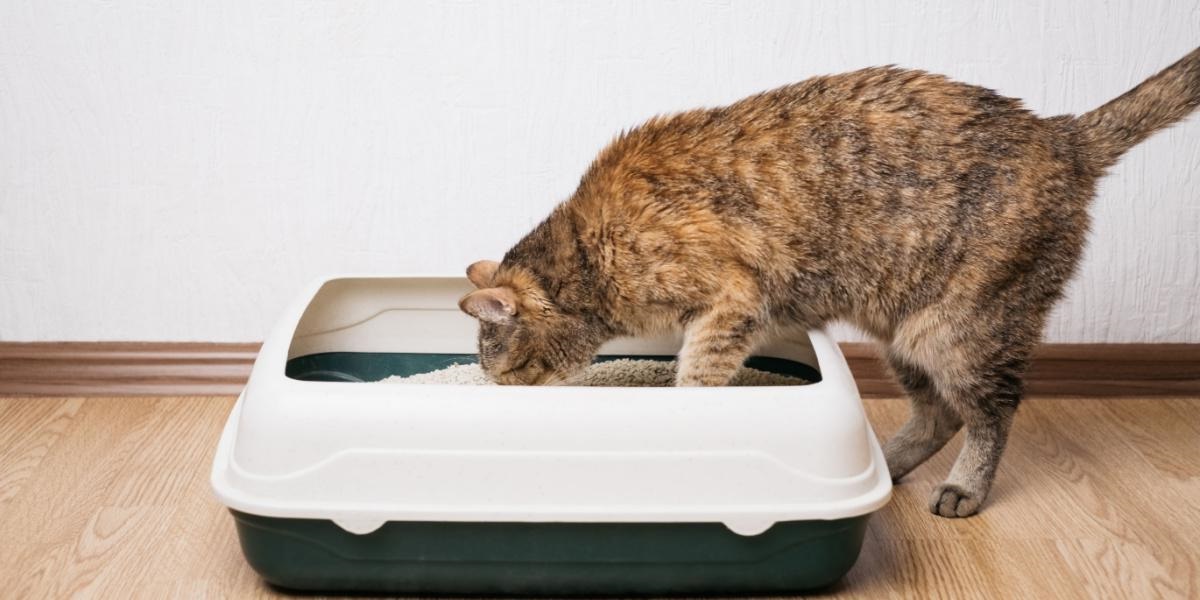
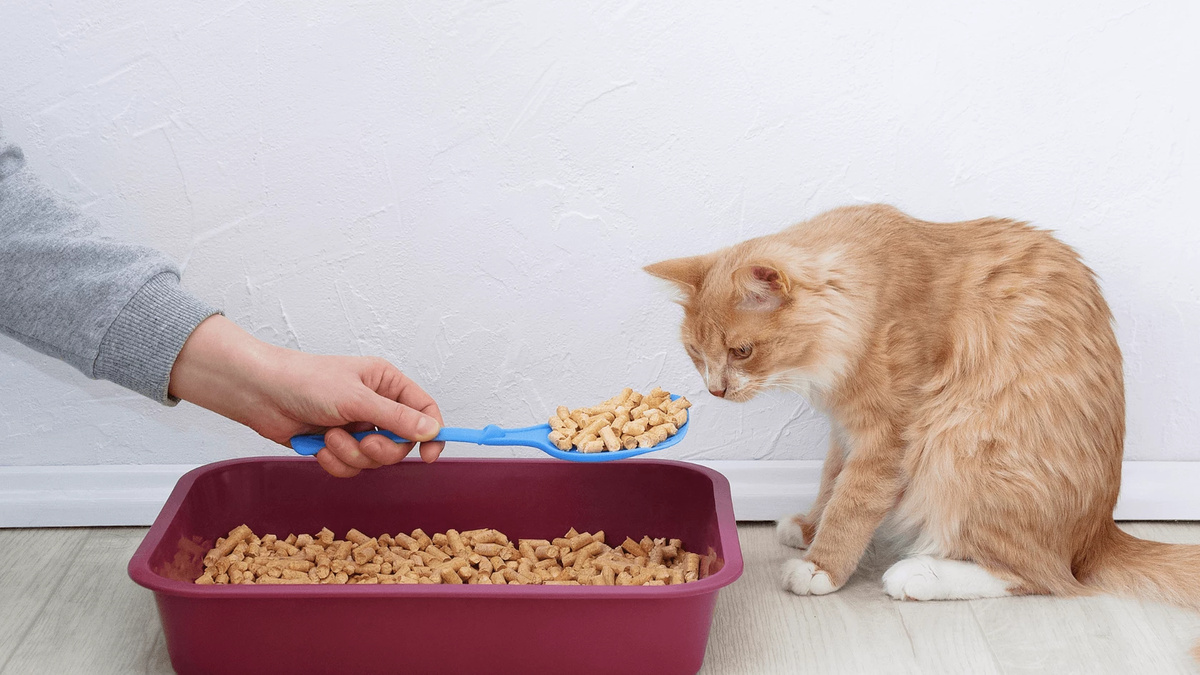
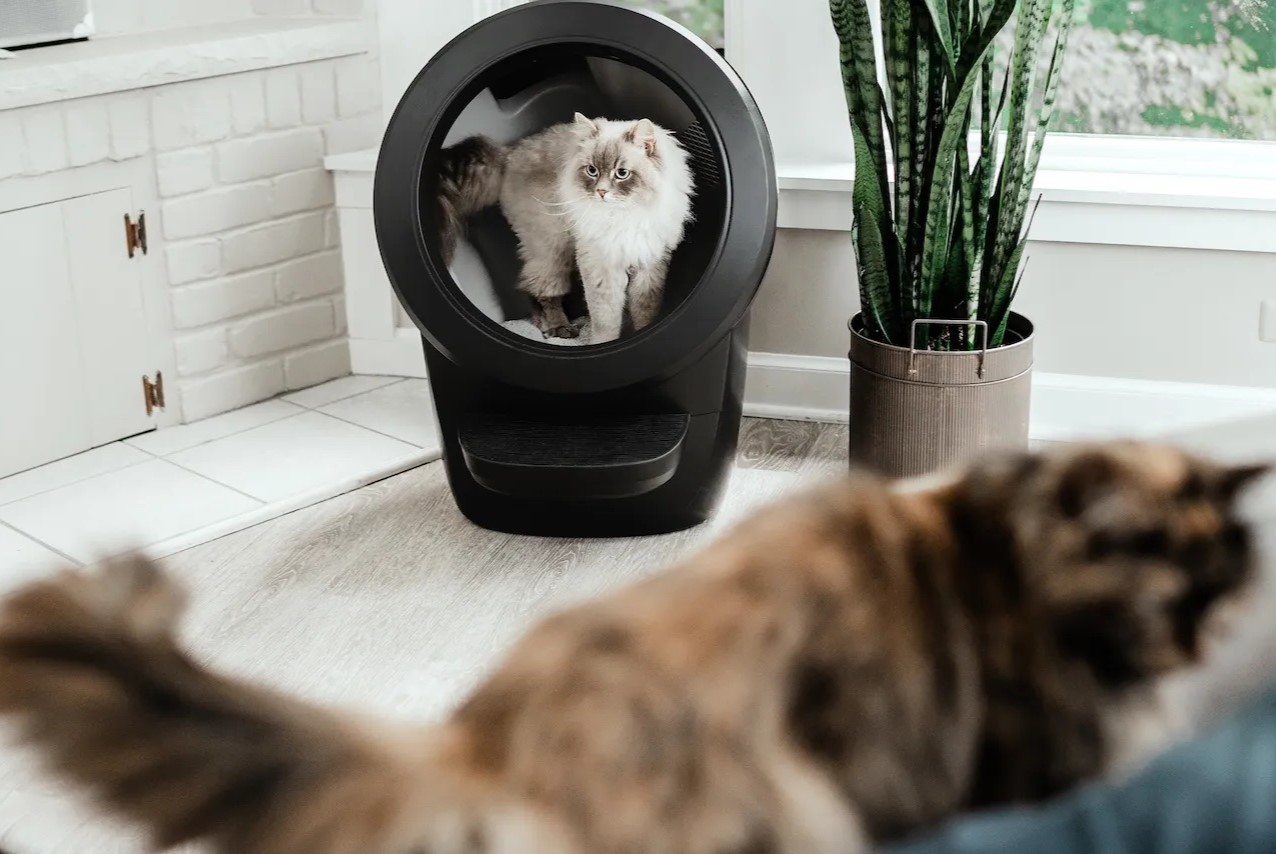
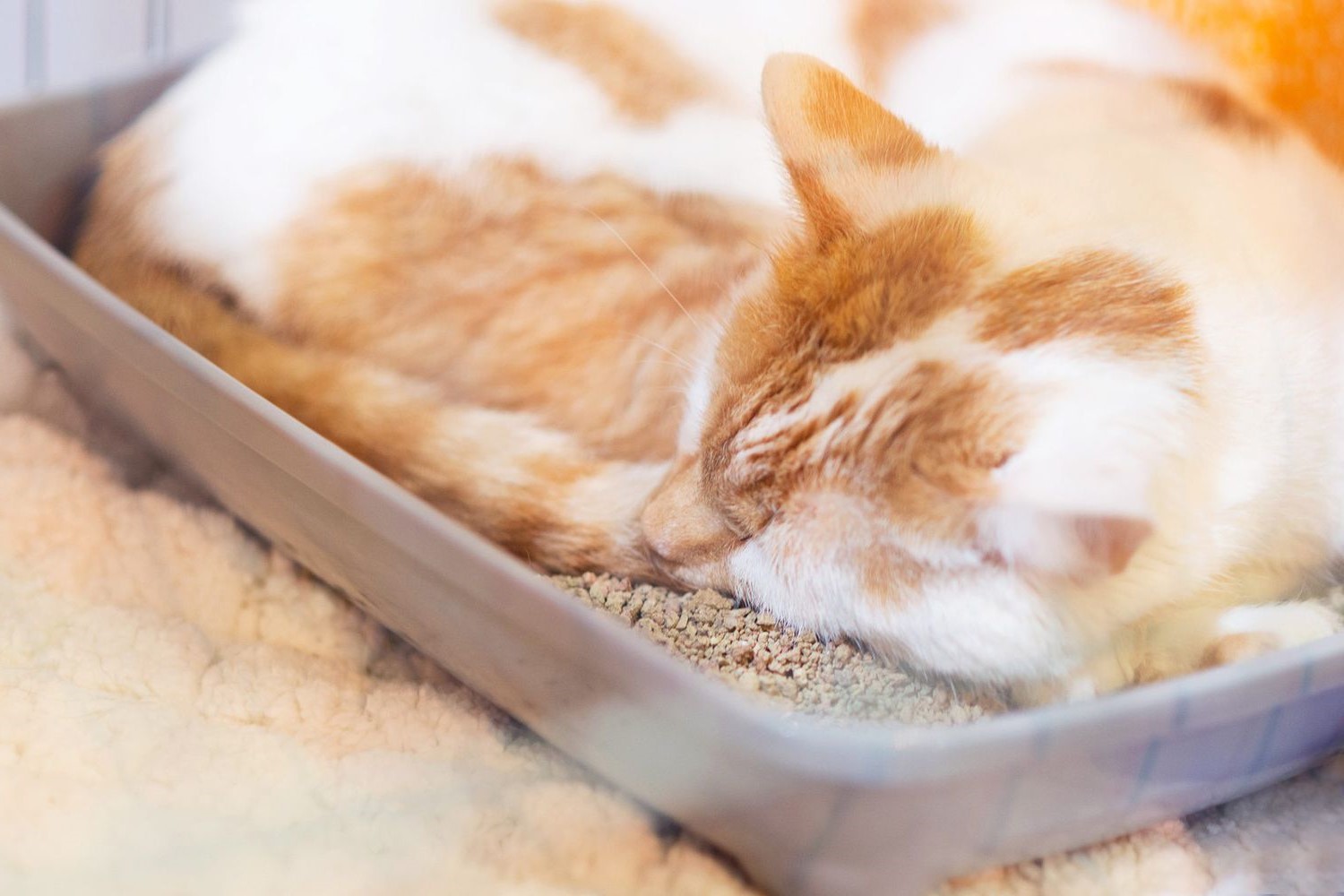
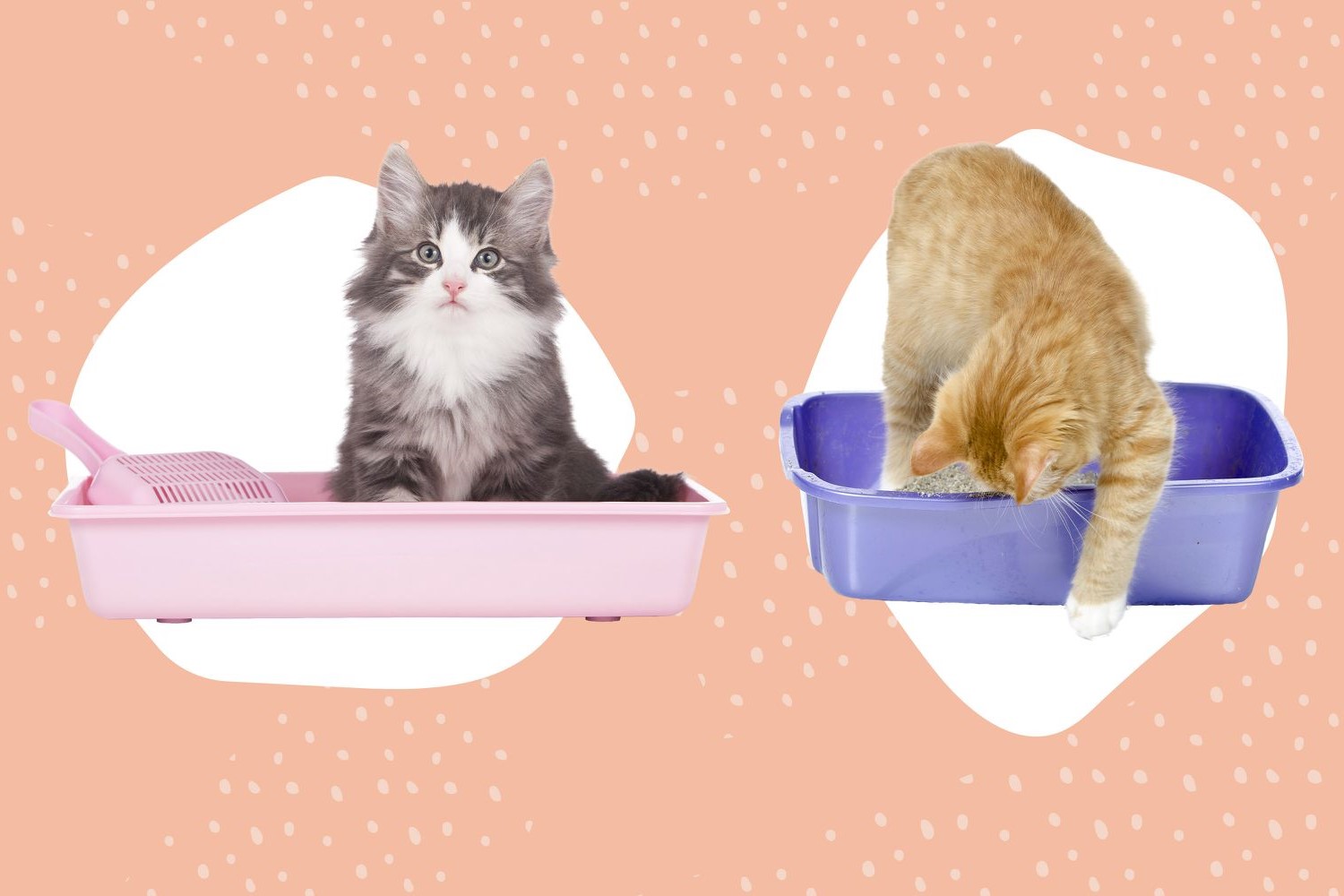
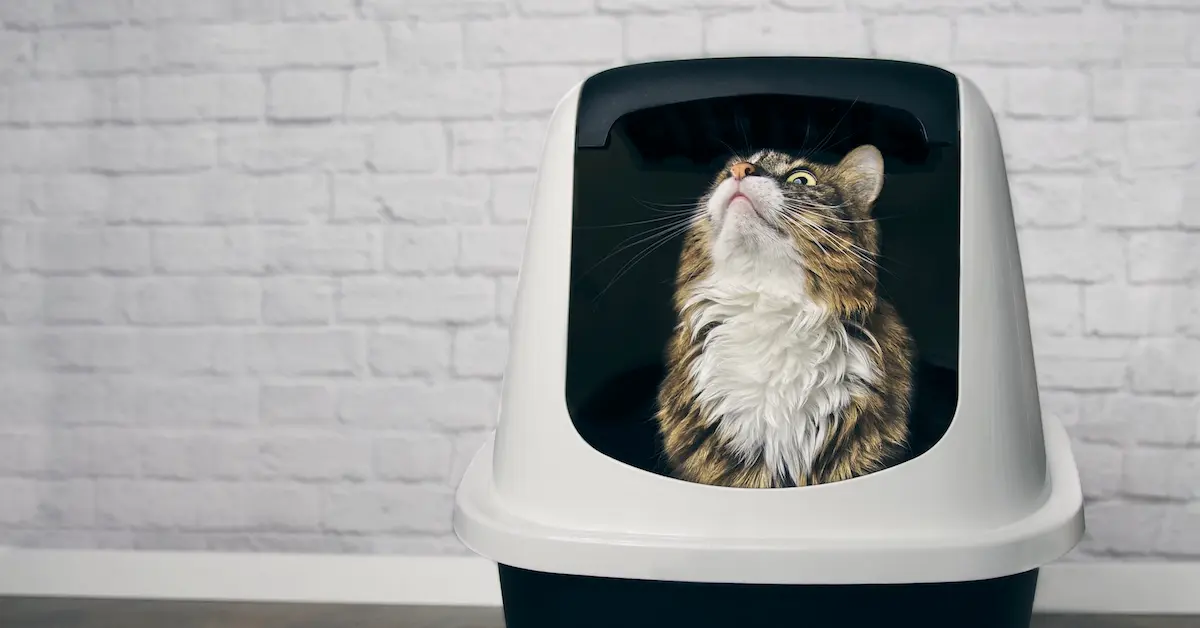
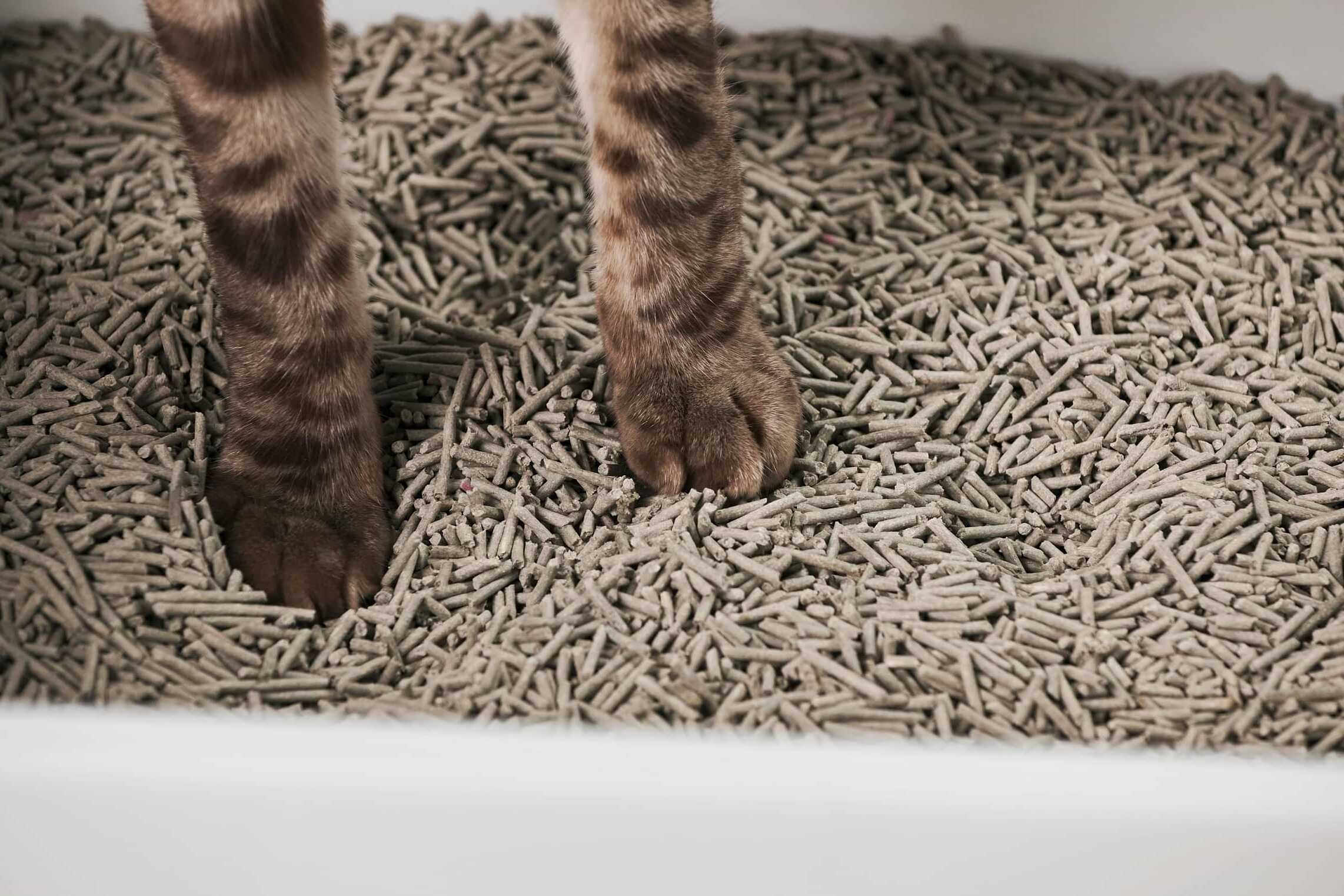
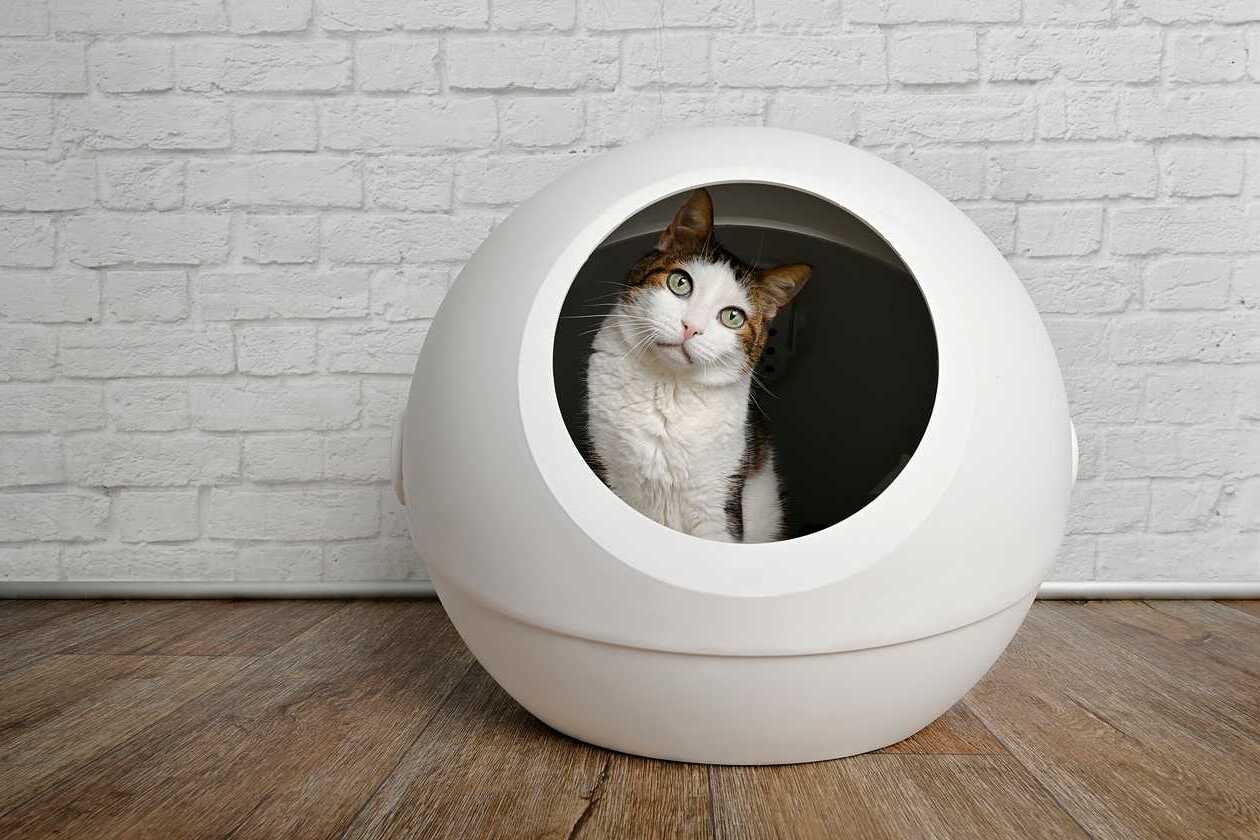
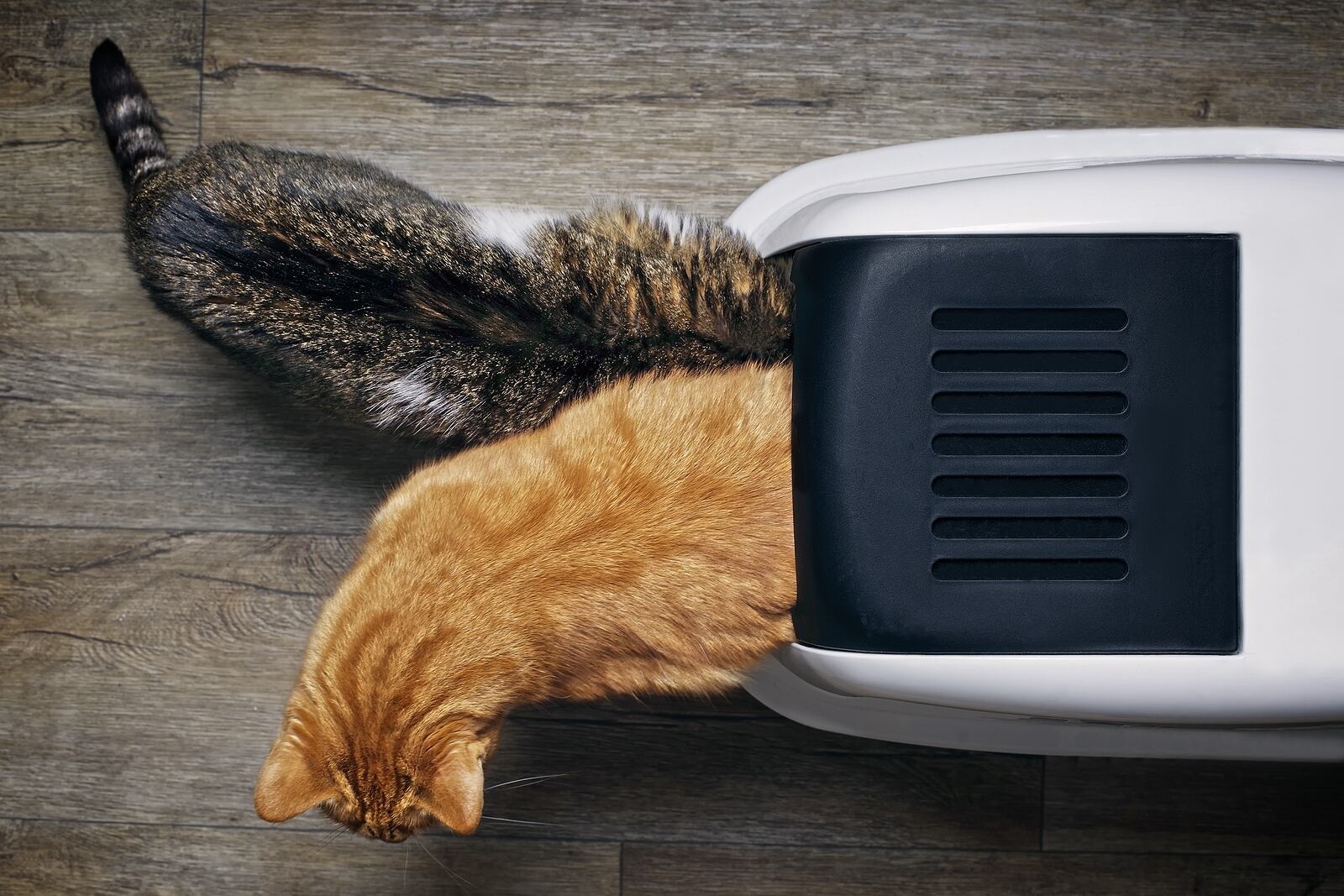
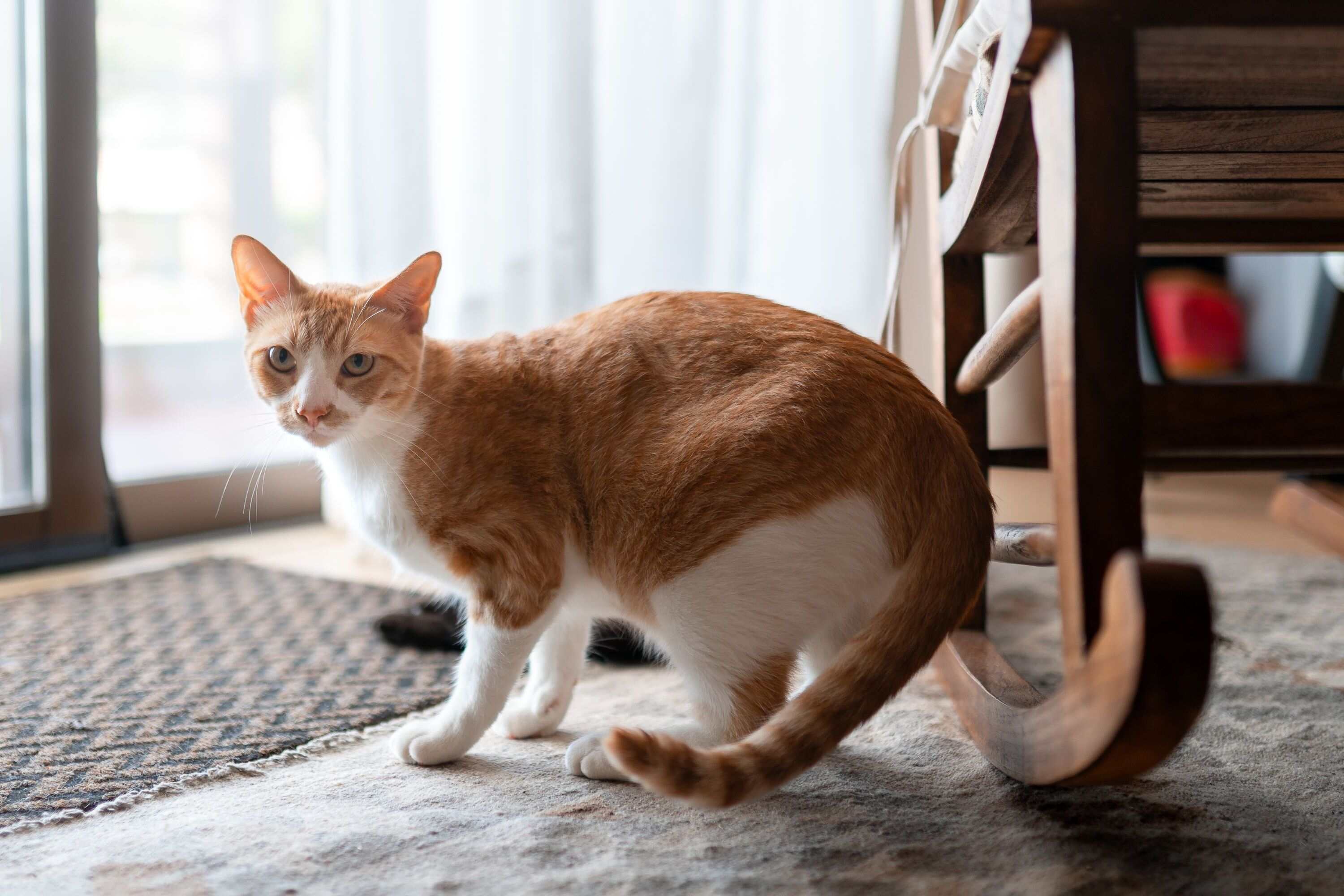
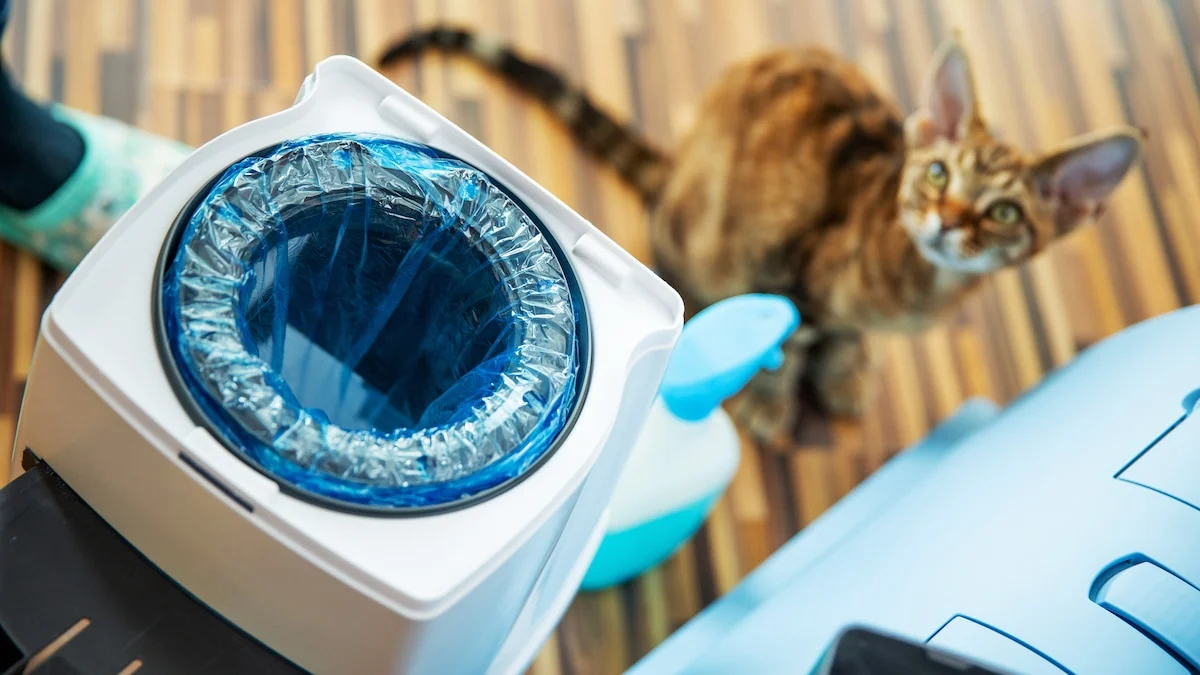
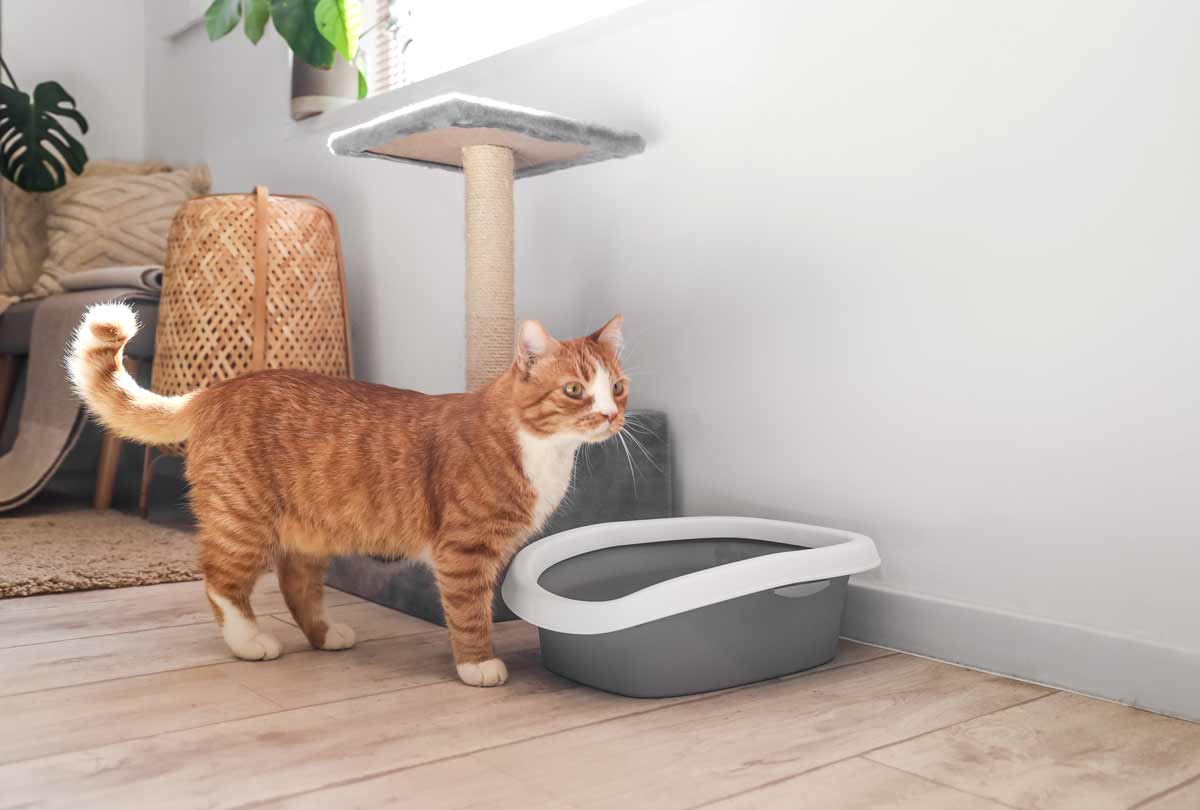
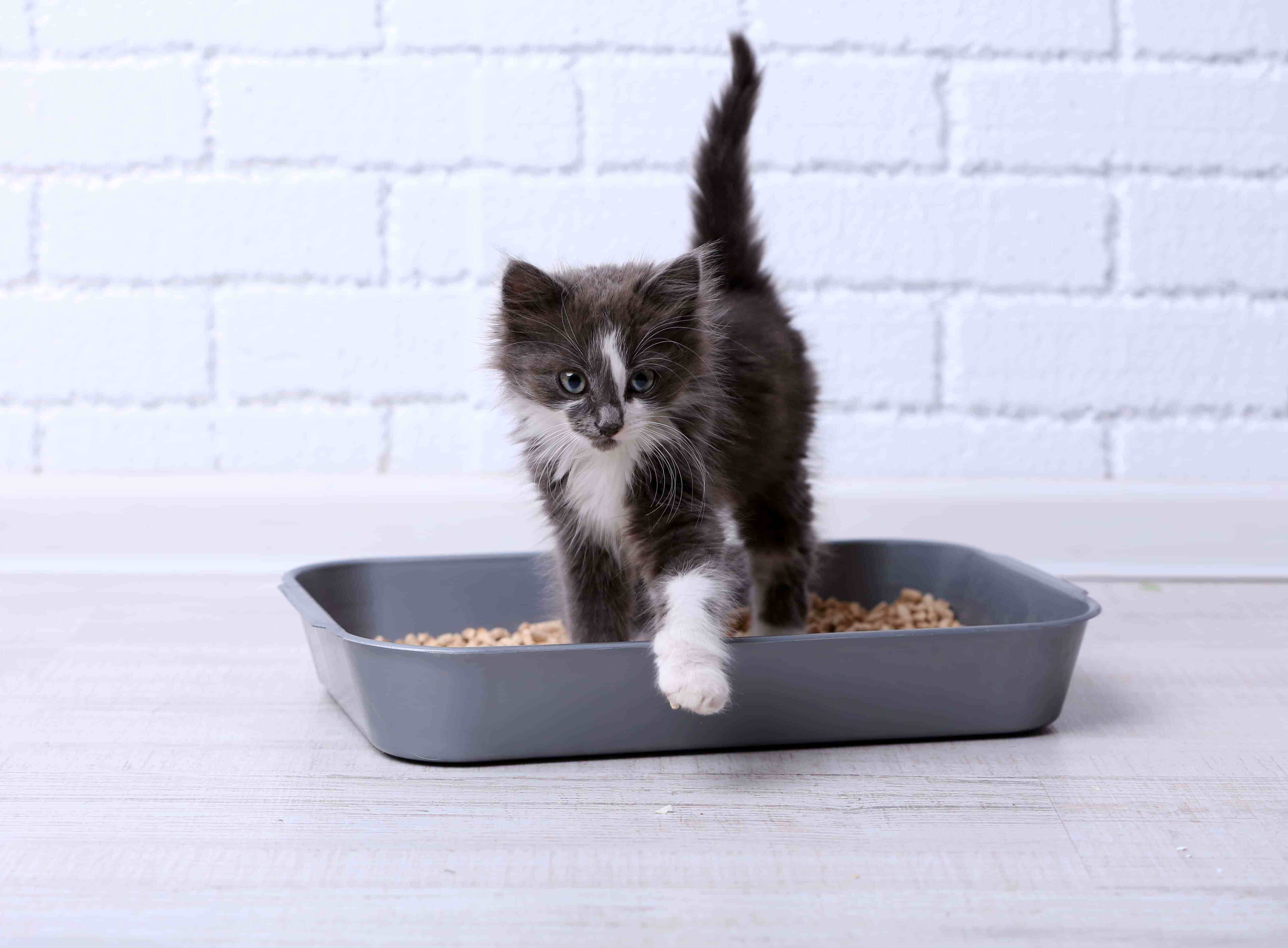
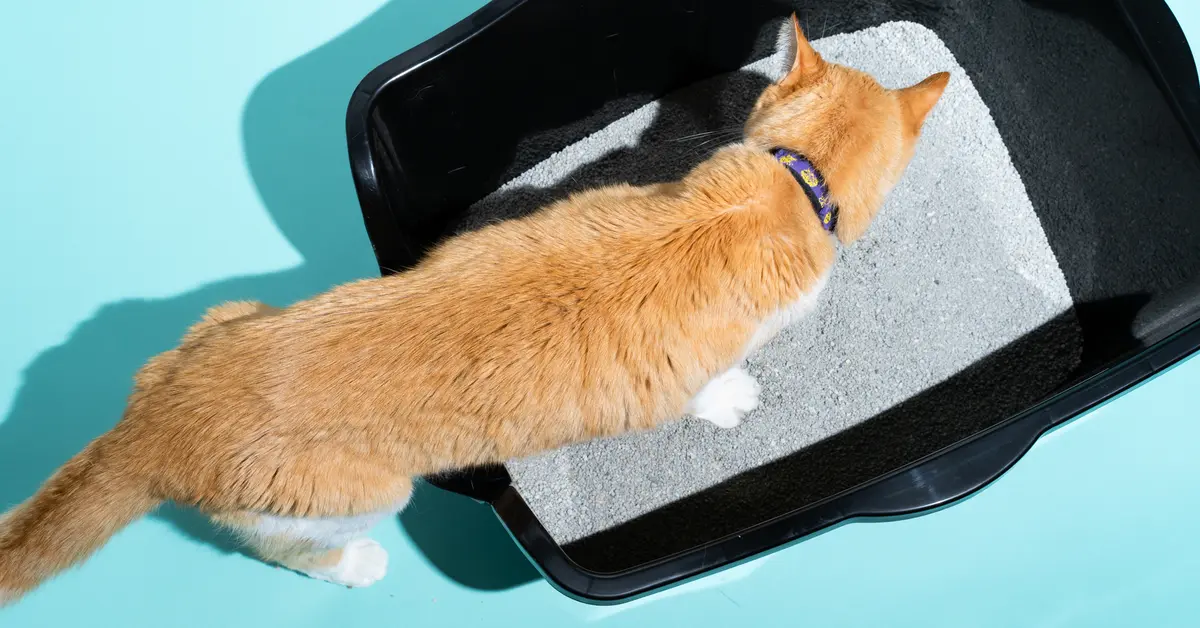

0 thoughts on “Why Does My Cat Put Her Toys In The Litter Box”